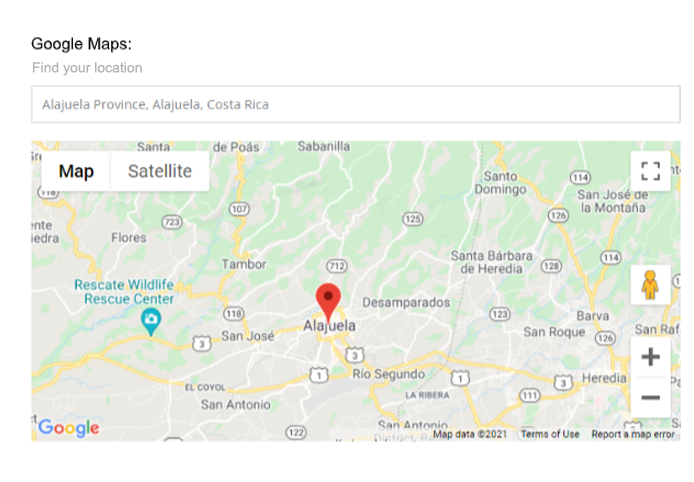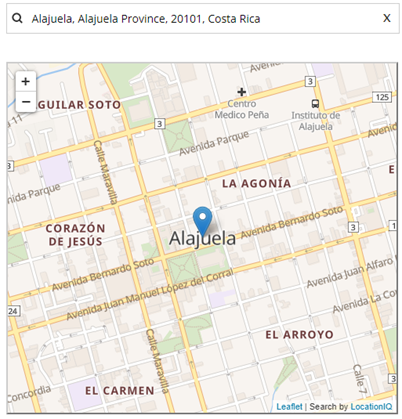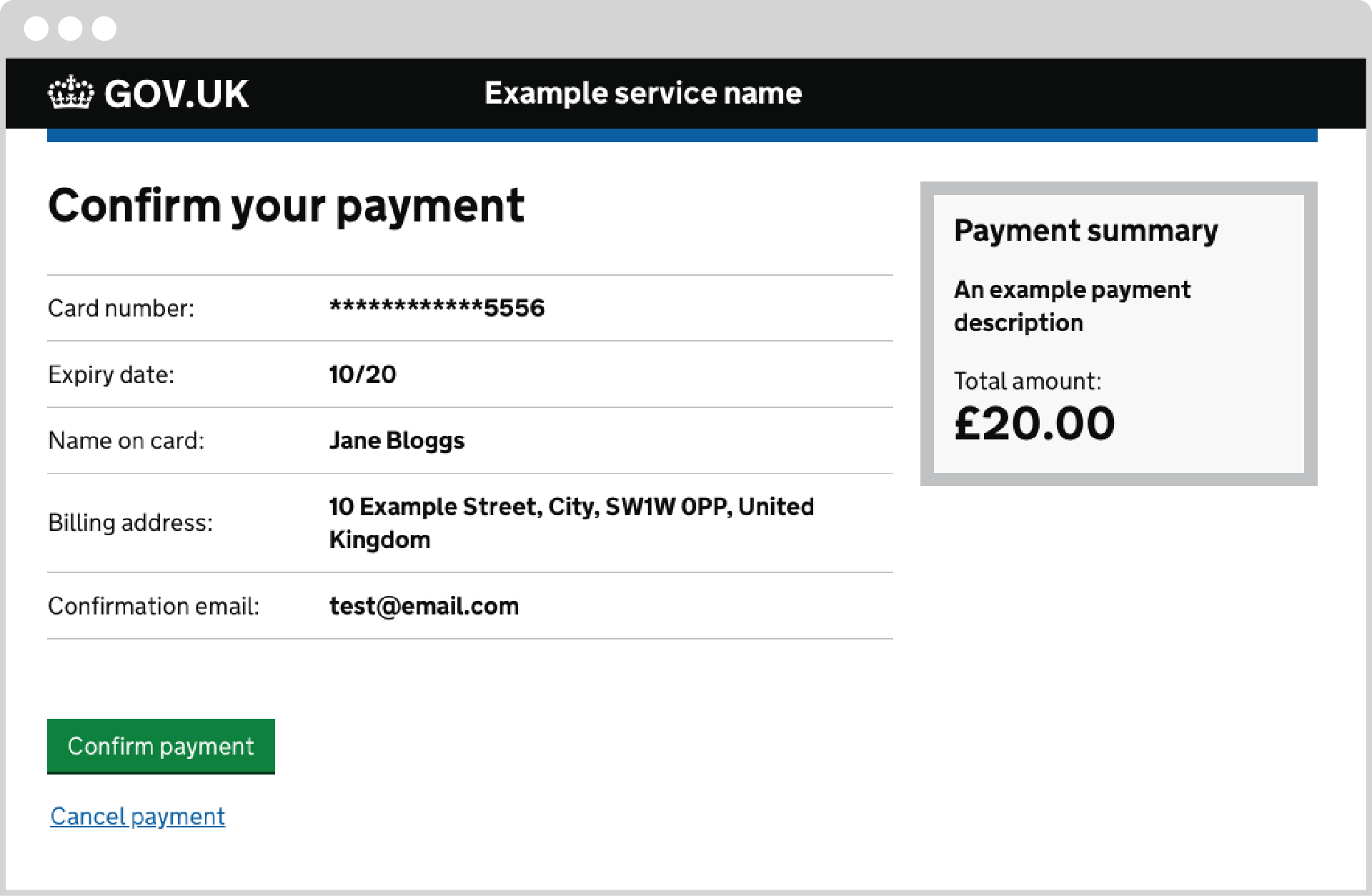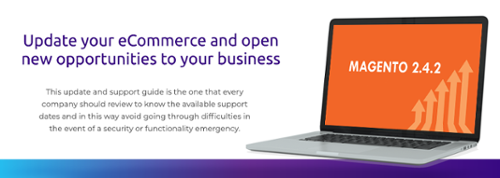Basic guide to Business Processes
What's the first thing that comes to mind when you hear the word processes? We all have a basic notion about what processes are since we run...
6 min read
Por Christopher Liddell | Oct 28, 2021
Checkout is the process in which a customer finalises the purchase process. It starts once you finish adding products to the shopping cart and typically consists of 2 steps: shipping and payment.
Having clear what the checkout consists of, there are some strategies that can be implemented to improve the effectiveness, conversion rate and user experience.
1. Simplify the submission form:
Many shipping forms used in e-commerce are outdated or do not fit the culture of the population using the platform. For example, do you know your postal code off by heart? If you are in Latin America, you may not use this information for your address very often, however, a lot of e-commerce asks for it at checkout, due to the North American influence in which the postal code is common and widely used, especially for calculating shipping rates.
Tailoring the shipping form to the country of the merchant is an excellent way to reduce the complexity of use and ambiguity that can arise in delivery addresses. A factor as small as not knowing your postal code can lead to abandonment of the purchase process out of concern that you will not receive your order at the correct address. To avoid such confusion, one measure you can take is to use an interactive map for the customer to enter their exact address into a pointer.
This map from behind captures the client's coordinates and uses them to determine the correct address through a process called geocoding. The most established and effective map service is undoubtedly Google Maps, which offers free plans up to a certain amount of monthly queries, but requires a credit card in case you exceed your free usage (some free alternatives are OpenStreetsMaps or Leaflet). Installing these maps in Magento 2 requires the installation of an extension or development on the site, as they are not present by default in the system. It is important to note that some shipping providers currently work using the geographical coordinates of the delivery point, so it is mandatory to implement a map in the checkout that is responsible for sending the coordinates to the webapi of the shipping provider.
Map from Google Maps:

Leaflet map:

Another action that can be taken to simplify the shipping form is to divide the form into steps, so that the customer knows in which order and how to enter their data. This is important because for example a customer can enter only their city and not see any shipping method available, think that there are no shipping providers and therefore abandon the purchase. What actually happens is that the shipping methods in Magento require certain address details in order to estimate the shipping cost, and until the customer has completed them, they may not be shown as available shipping options.
By default Magento asks for shipping data in the order: street, city, province, postal code, country; the problem with this is that many people are used to enter their address in the order: country, province, city, street. Magento allows you to reorder and modify the fields in your shipping form and it is advisable to adjust the form to better adapt it to the users of the platform. By indicating to the customer the exact order and manner in which they should enter their data, confusion and errors in the entry of such data are avoided.

2. Diversify shipping and payment options:
Providing the customer with multiple options for shipping their order is very important as it allows customers to choose the option that suits them best, as some may be willing to pay more for fast shipping, while others will prefer to wait a little longer if it involves a lower shipping cost. Some customers may even be able to pick up their order at a shop or point of sale, so it is important to provide the option of "Pick up in shop" if possible.
As for payment methods, there are different options in Magento that are easy to configure, such as payment by bank transfer, cash on delivery, Paypal, among others, however, it is crucial that the shop allows the customer to pay with a credit or debit card at the same checkout, as this is the most common payment method in e-commerce as it is very simple to make the payment and as a business it is also easy to have traceability of payments through a transaction platform. For this last payment option, it is recommended to avoid payment options that redirect the customer to an external site, as this generates distrust and they may not proceed with the payment.
To add additional shipping or payment methods, Magento 2 offers some configurable options from the admin site, in the Stores > Configuration > Sales > Shipping Methods/Payment Methods sections. However, if the option you need for your business is not available by default, there are many extensions available for Magento 2 that allow you to integrate shipping and payment methods, and it is possible to develop them programmatically.
3. Create additional steps at checkout:
It can be useful to create additional steps, as these allow you to capture particular customer data, such as an electronic billing form, or they can even enhance the customer's shopping experience, for example by giving them the option to pick up in shop before they enter their delivery address, as this would be superfluous in the event that the order is not shipped to the customer. To create an additional step, it is necessary to program a module that extends the standard checkout form, there are some extensions that facilitate this process, but typically some development is required to tailor the form to the particular requirements of the business.
Some things to take into consideration when adding steps to the checkout are:
By default Magento 2 allows customers to shop as a guest or create an account. The benefits of creating an account is that the system stores your personal details to speed up the purchase process by not having to re-enter them. It also facilitates the tracking of your purchases as they appear in the profile and with their corresponding status (Pending, Processing, Completed, etc). Magento 2 allows you to create customer groups (or dynamic segments in Magento Commerce), these groups allow you to apply differentiated prices, promotions and even show personalised content to the customers that belong to the corresponding groups. For example, if a business has a loyalty program, in which customers who have purchased for a certain amount of time, which offers discounts to these customers, the business can add these customers to a group of customers and then create promotions targeted only to this group of customers. This functionality can also be used for wholesale or b2b customers, however Magento 2 has its own b2b tools in its licensed version.
Despite all the benefits associated with creating an ecommerce account, it is recommended to keep the guest checkout option, as some people may abandon the purchase if the platform requires them to create an account in order to buy. It is important to mention that even if a customer buys as a guest, they must enter their email and personal details in the checkout form, so that the customer can be contacted and their details saved in a CRM in the same way.
5. Show all costs in a clear and transparent way
Magento 2 allows you to configure the display of costs in many ways (e.g. with or without tax included, with or without shipping cost, etc.) It is advisable to show all the costs that the customer will have to pay, without hidden costs or in small letters. These tactics may cause the customer to abandon the purchase and prevent them from considering buying from the business again. Customers should know how much their entire order is going to cost at every stage of the purchase, from adding their products to the shopping cart, to selecting their shipping and payment methods. This is even more important considering that in Latin America, the prices of products in shops and supermarkets usually include taxes and final costs on their labels, unlike in countries such as the United States, where at checkout, it is common to find a considerably different amount than on the product label due to sales tax, service fee and tipping costs.
To configure the price display in Magento 2, you need to go to the Stores > Configuration > Sales > Tax > Price Display Settings/Shopping Cart Display Settings/Orders, Invoices, Credit Memos Display Settings section in the admin site. There are also several extensions that allow you to adjust the price display in even more specific ways, such as editing the symbol separating decimals, thousands, currency etc. You can also edit the price display by making a development in the site theme or creating a module for further customisation.



What's the first thing that comes to mind when you hear the word processes? We all have a basic notion about what processes are since we run...

If you already have a sales process defined in your company, that is, you know when a customer goes from being a potential customer to a closed...

Rarely was a successful effort in the sales team impromptu. Companies that achieve tangible results offer guidance to their salespeople, and those...